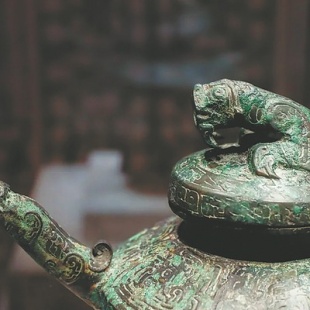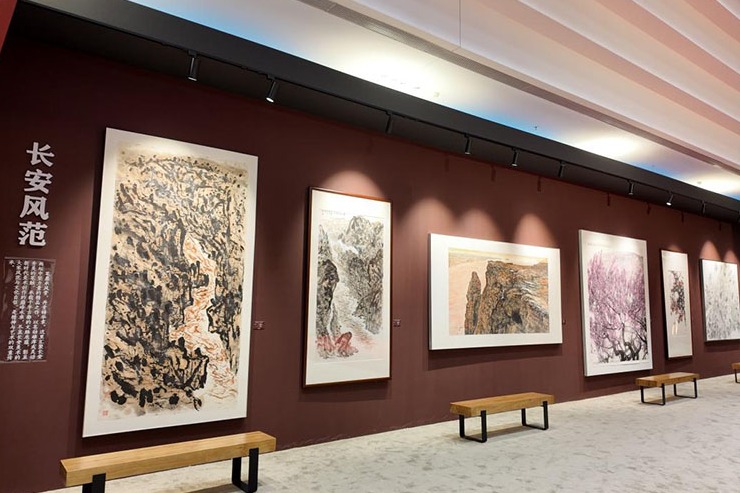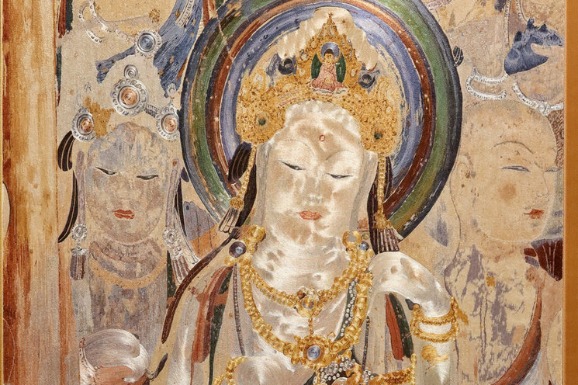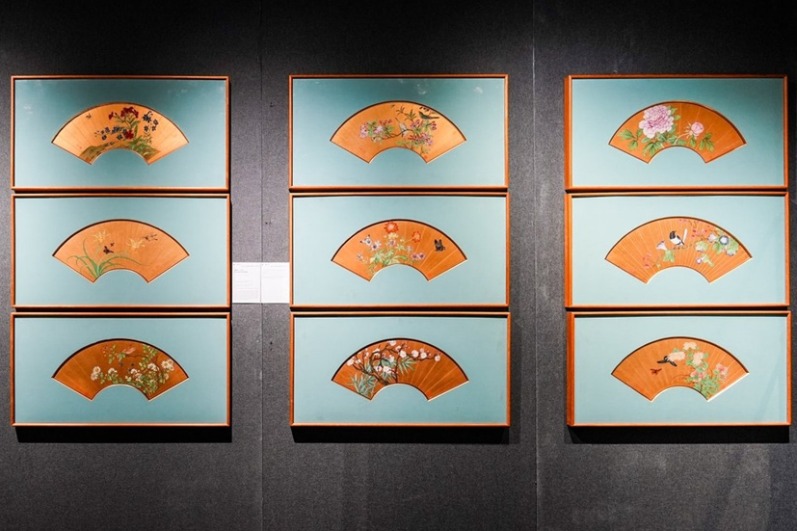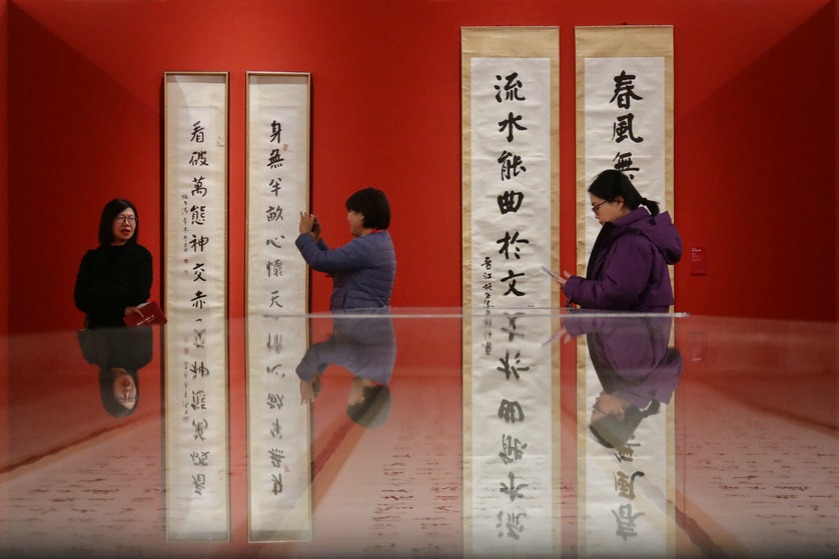What's on

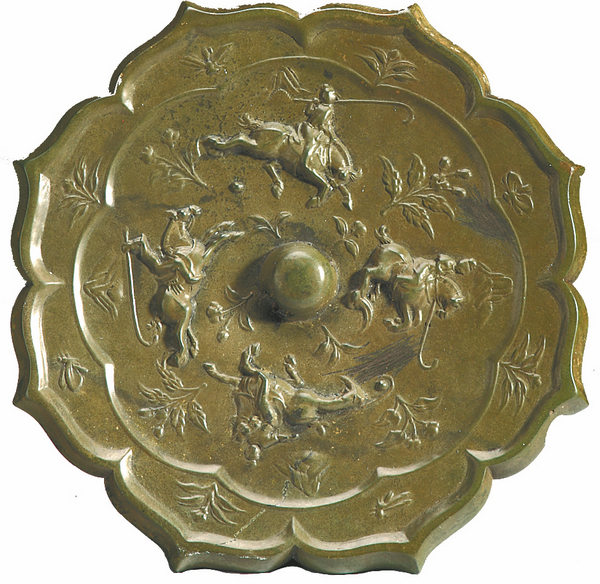
Lower Yangtze
The Yangtze River nurtured Chinese civilization. Running some 6,300 kilometers, the country's longest river has provided for an area of more than 1,800,000 sq km. The lower reaches of the Yangtze, covering Jiangxi, Anhui and Jiangsu provinces and Shanghai, have developed due to the mild and humid climate and an abundance of resources. Nanjing Museum, in Jiangsu, has teamed up with several cultural institutions in the region to mount an exhibition, titled Long-standing and Prosperous, which traces the birth and evolution of cultures along the Yangtze's lower reaches, and how developments in those areas contributed to the country's economy. Objects on show reflect the material and cultural lives of people in the region through the ages, ranging from a Neolithic nephrite disk that sparkles with the glories of Liangzhu culture, in Zhejiang province, to a wood case layered with red lacquer and painted with floral decorations and women figures on its exterior, which exhibits the artistry of the Southern Song Dynasty (1127-1279). The exhibition looks at the region's landscapes, history and culture, and tells the audience of the importance of the river's conservation. The exhibition runs through to March 31.
9 am-5 pm, closed on Mondays. 321 Zhongshan East Road, Xuanwu district, Nanjing, Jiangsu province.025-8480-7923.


